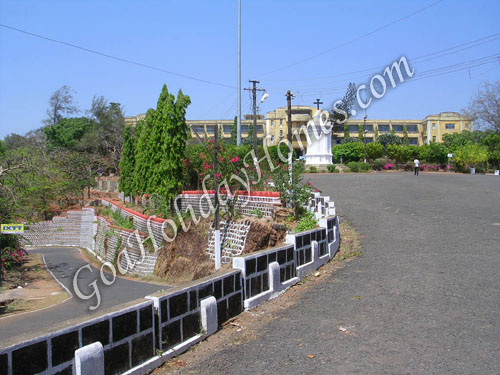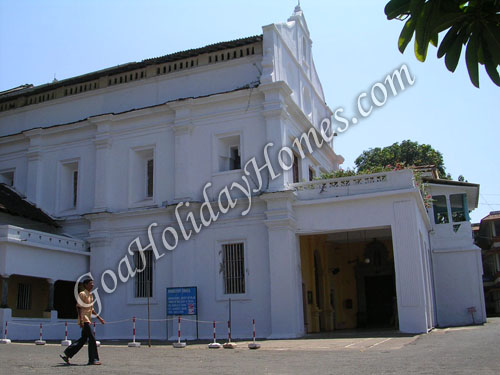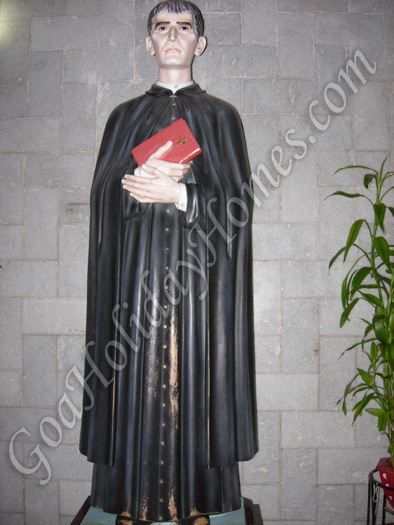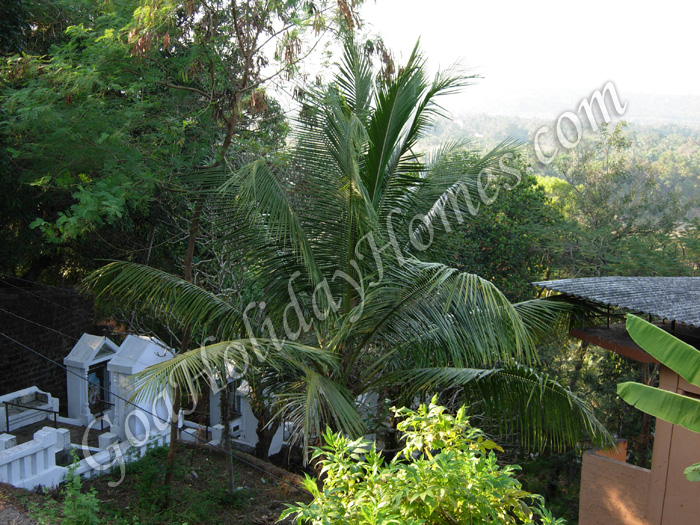Pilar Seminary
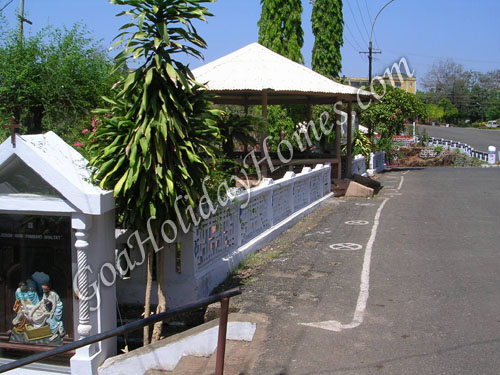
The site of Pilar is superb, reached by a narrow winding road that threads its way up the hill from the plains below. On arrival at the top, the fading yellow buildings of the seminary are something of a disappointment, although, once inside, the newer wing has a modern chapel with an impressive circular Italian marble platform and altar and stained glass windows created in Germany from stained glass windows created in Germany from the paintings of a Goan artist, the center piece of which depicts our lady of pilar.
In the high, narrow barrel vaulted church, typical of its period, the compartmented reredos of the main altar also has as its centerpiece Our lady of pilar, this the original statue brought by the capuchins from Spain showing our lady standing on a column borne by angels, the ornate, heavily carved and gilded pulpit is a feature of the church. In the shallow alcove of the altar at he back of the church to the right of eh entrance, there are traces of delicately painted wall decoration that may once have been more widely used in the church. The deserve to be better preserved if only as a memory of what once was there. There are other frescoes here that are worthy of attention, especially in the cloisters of he courtyard.
To the right of the front of the church is the chapel containing the tomb of Father Agnelo, the object of Pilgrimage for thousand of people each year. Beyond this is a shaded courtyard, cloistered and galleried, with frescos that give an excuse to linger, if excuse is needed in this haven of peace for while the monastery is secluded, high above the busy world below and not casually accessible.
this is no cloistered retreat inhabited only by silent seminarists. The narrow road is lively with pilgrims drawn by Father Agnelo's presence and there seems to be constant bustle outside the church, with stalls selling mementoes doing a thriving trade and even a shaded 'Father Agnelo's Canteen' catering to more earthly needs. Several well attended masses are held each day, but on Thursday, which is Father Agnelo's special day, they continue with hardly a break in order to cope with the stream of worshippers.
The view from the hilltop is magnificent. Once surrounded by a great city and a port full of ships and bustling trade, there is now a typically gentle Goan landscape of palms and paddy, low hillsides and waterways. To the west in the distance is the Arabian Sea, to the north there is the inevitable scattering of white churches - St. Andrews down to the left just visible above the palm trees in Goa Velha, the Curca parish church of Our Lady of the Rosary on the hillside opposite and immediately below, the church of the village of Batim. Still further away to the north east, now isolated and almost deserted but still one of the great churches of Goa in every respect, is the Santana.
Contact Details
Address: Mr. John Vaz - Dubia
Get Directions:

